Statements from the White House on Friday, the 54th anniversary of the onset of the 1962 Cuban missile crisis, underscore a dramatic shift in U.S. policy away from a punishing embargo and in favor of direct engagement that will benefit both the Cuban and American people. By consolidating this fundamental course correction through a series of high-level visits, bilateral agreements, regulatory changes, and now an unusually public presidential directive, President Obama is betting that his effort to build a bridge to Cuba will become a cornerstone of his legacy that no future president would want to tear down.
Coming just weeks before the U.S. presidential election, in which one candidate has said he would reverse Obama’s policies toward Cuba, the announcement also serves as a reminder that the general public—and even a majority of Cuban Americans in Miami—support these changes and oppose the embargo. Whether this gamble will work politically now comes down to which side is better at getting their voters to the polls in the critical swing state of Florida.
What the regulations say
The October 14 rollout of new U.S. regulations regarding Cuba is the most definitive indication to date that this administration—and the many constituencies that support these changes—are committed to loosen the shackles of the congressionally-mandated U.S. embargo by creating new facts on the ground. The realities of direct engagement already underway (with more to come) are demonstrably in the national interest of the United States, as the presidential directive makes plain.
Since the decision nearly two years ago to begin a process of normalization, major progress has been made toward that goal. The list of new activities is long and diverse: the restoration of diplomatic relations and reopening of embassies in each country’s capital; the launch of direct commercial flights serving multiple cities; the 75 percent increase in U.S. travelers to the island in 2015 alone; and the entry of U.S. companies like General Electric, Airbnb, Google, and Starwood Hotels into Cuba’s market, among others. Bilateral cooperation is moving into new realms that serve both nations’ interests: biomedical research including on cancer and diabetes treatments; protection of marine environments; disaster relief and public health assistance to confront Ebola in West Africa and cholera in Haiti; and on security issues like counterterrorism, counternarcotics, and combating illegal trafficking. It will be hard for any new president to argue that these elements of normalization are not in the U.S. interest or that our opposition to Cuba’s system of government obviates their utility.
The newest regulatory changes, which take effect on October 17, will facilitate a spectrum of worthwhile activities, including on health care, education in the fields of science and religion, infrastructure services, civil aviation safety, and consumer goods. The pharmaceutical trade and personal merchandise allowance revisions are particularly noteworthy: Cuban rum and cigars will flow more readily at Election Day parties around the country this November. The ports provision, which eliminates an onerous six-month waiting period before ships that visit Cuban ports can enter U.S. ports, could give a boost to Cuba’s vision of positioning the renovated Mariel port zone as a transshipment point for goods flowing through the Panama Canal. These regulations continue a steady process of expanding the various constituencies that have a stake in sustaining normalization beyond the Obama presidency and pressuring Congress to lift the embargo. There is also encouraging language about facilitating greater engagement between Cuba and the international financial institutions.
What they don’t say
While there is much positive news in these latest developments, it’s also striking to consider what was not said today. The various administration statements said little to nothing on the thorny issues of property claims (a condition for lifting the embargo), migration (thousands of Cubans continue to flee the island), and fugitives. More could be done to build on the breakthrough Starwood Hotel deal to authorize a general license for U.S. business deals that broadly benefit the Cuban people. In the discussion regarding “strategic landscape” in the presidential directive, no reference was made to growing competition with Russia, China, Venezuela, and Iran for influence in Cuba and the wider region. The document was explicit, however, in declaring that there is no intention to yield any ground on the contentious issue of the Guantánamo Naval base. These are thorny issues and a reminder that the process of normalization and confidence building will take many years.
The onus [is] on the Cuban government to explain why they have been unable to deliver prosperity for its citizens.
One issue that continues to garner great attention in both countries is the ongoing conflict over the issue of democracy and human rights, which goes to the heart of the current and codified rationale for the embargo. The presidential directive repeats what President Obama said last March in Havana: “We will not pursue regime change in Cuba” because “the future of Cuba is up to the Cuban people.” In the unique context of U.S.-Cuba relations, in which Washington has tried for five decades to overthrow the Castro regime, this is the right way to go. It removes the United States as the enemy of the Cuban people and puts the onus on the Cuban government to explain why they have been unable to deliver prosperity for its citizens. The two sides will, as the saying goes, agree to disagree on their systems of government.
But it does not mean the United States will stop promoting universal norms and values of human rights that the Cuban government itself has accepted. To underscore this point, a senior delegation from the departments of State and Justice were present in Cuba on the same day to continue a dialogue on human rights with their counterparts and meet with civil society activists. The administration also announced that democracy-related programs will be “transparent and consistent with programming in other similarly situated societies around the world.” In this regard, Burma comes to mind, where a group of Cuban civil society leaders visited recently at the invitation of the International Republican Institute.
As a confidence-building gesture to domestic constituencies in the United States—and to the post-Castro generation that will take the leadership reins—after Raúl Castro steps down in the spring of 2018, the latest steps in the ongoing process of normalization are positive. There are, however, many entrenched opponents in both governments that will continue to block and tackle every step of the way. For now, Obama is proving his skills in turning hope and change into reality.
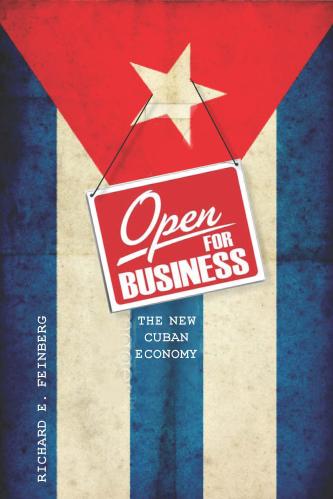
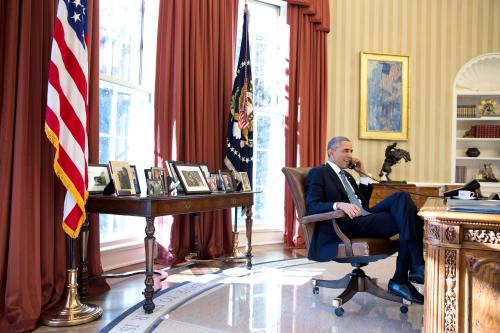
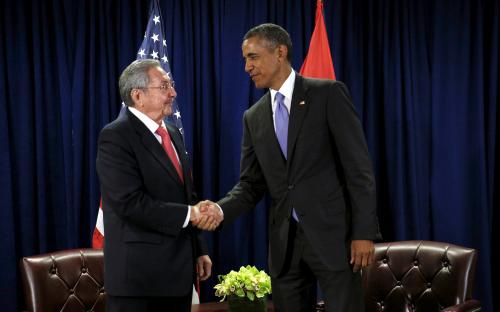
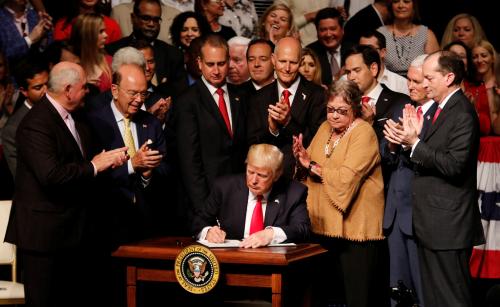
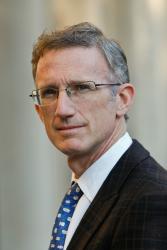

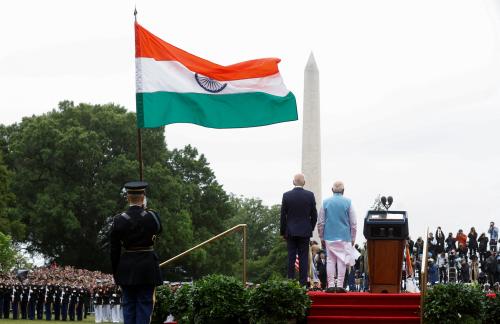
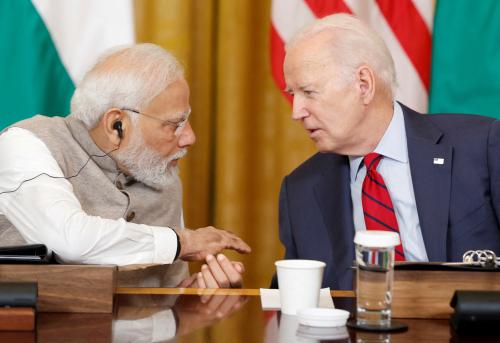
Commentary
On Cuba, Obama looks beyond 2016
October 14, 2016